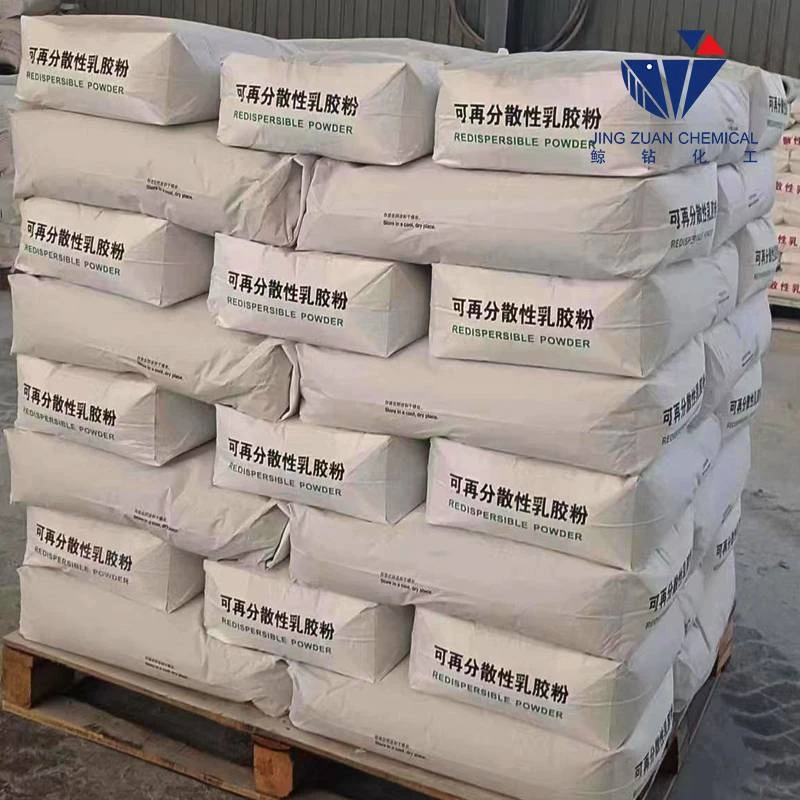
Oct . 13, 2024 01:19 Back to list
hpmc polymer
Understanding HPMC Polymer Properties, Applications, and Benefits
Hydroxypropyl methylcellulose (HPMC) is a versatile and widely used polymer derived from cellulose, a natural polymer that is the primary structural component of plant cell walls. HPMC is a non-ionic, water-soluble cellulose ether which has gained significance in various industries due to its unique properties and functionalities. This article will explore the characteristics, applications, and benefits of HPMC, providing insight into why it has become a staple in numerous formulations.
Properties of HPMC
HPMC exhibits several distinctive properties that make it an attractive choice for many applications. One of the key characteristics of HPMC is its solubility in water. Depending on the degree of substitution, HPMC can dissolve in water to form a viscous gel, making it useful as a thickening agent, binder, and film-forming agent. It is important to note that HPMC remains insoluble in organic solvents, which allows it to function effectively in various aqueous environments.
Another notable property of HPMC is its thermal stability. Unlike many other polymers, HPMC does not melt; instead, it decomposes at high temperatures. This stability enables its use in applications that require heating and processing without fear of degradation. Additionally, HPMC is resistant to acids and bases, further expanding its usability across diverse pH conditions.
The polymer is also known for its ability to form a gel when hot and return to a liquid state upon cooling—this thermoreversible behavior is particularly advantageous in certain pharmaceutical and food applications. Its capacity to retain moisture adds to its appeal, making it a valuable component in cosmetic formulations, food products, and pharmaceuticals.
Applications of HPMC
HPMC is extensively used in various sectors, including pharmaceuticals, construction, food, and personal care.
1. Pharmaceutical Industry In the pharmaceutical field, HPMC serves multiple functions. It acts as a binding agent in tablet formulations, helping to ensure that the ingredients adhere together during the compression process. HPMC is also utilized as a controlled-release agent, allowing for a gradual release of the active ingredient, enhancing drug efficacy and patient compliance. Additionally, HPMC is prominent in the production of capsules, eye drops, and other liquid formulations due to its excellent emulsifying and stabilizing properties.
hpmc polymer

2. Construction Industry In construction, HPMC is used as an additive in mortars and plaster, improving workability and consistency. Its water retention properties help to prevent the rapid drying of the mixture during application, allowing for prolonged working time. Furthermore, it enhances the adhesion of tile adhesives and renders, contributing to the durability and performance of building materials.
3. Food Industry HPMC is recognized as a safe food additive and is commonly found in a variety of products. It acts as a thickener, emulsifier, and stabilizer, improving texture and shelf life. HPMC is often used in gluten-free baking, providing the necessary elasticity and structure that gluten normally imparts.
4. Personal Care Products The cosmetic industry also benefits from the inclusion of HPMC in formulations, where it serves as a thickening and gelling agent. It enhances the texture of creams, lotions, and gels, promoting a pleasant user experience. Furthermore, HPMC's film-forming abilities make it ideal for use in hair styling products and facial masks.
Benefits of HPMC
The advantages of using HPMC in various applications are manifold. Its non-toxic and biodegradable nature ensures safety for consumers and the environment. As an effective thickening and binding agent, HPMC contributes to improved product performance and stability, which is especially critical in pharmaceuticals and food products.
Moreover, HPMC’s versatility facilitates its formulation into a wide range of products, accommodating diverse industry needs. The global demand for eco-friendly and safe additives has positioned HPMC as a go-to solution for many manufacturers seeking to improve their formulations.
Conclusion
In summary, Hydroxypropyl Methylcellulose (HPMC) is a remarkable polymer with a broad spectrum of applications across different industries. Its unique properties such as water solubility, thermal stability, and moisture retention make it indispensable in formulations ranging from pharmaceuticals and construction materials to food products and cosmetics. The ongoing research and innovations surrounding HPMC are likely to further enhance its applications, solidifying its role as a vital component in modern manufacturing processes.
-
Versatile Hpmc Uses in Different Industries
NewsJun.19,2025
-
Redispersible Powder's Role in Enhancing Durability of Construction Products
NewsJun.19,2025
-
Hydroxyethyl Cellulose Applications Driving Green Industrial Processes
NewsJun.19,2025
-
Exploring Different Redispersible Polymer Powder
NewsJun.19,2025
-
Choosing the Right Mortar Bonding Agent
NewsJun.19,2025
-
Applications and Significance of China Hpmc in Modern Industries
NewsJun.19,2025







